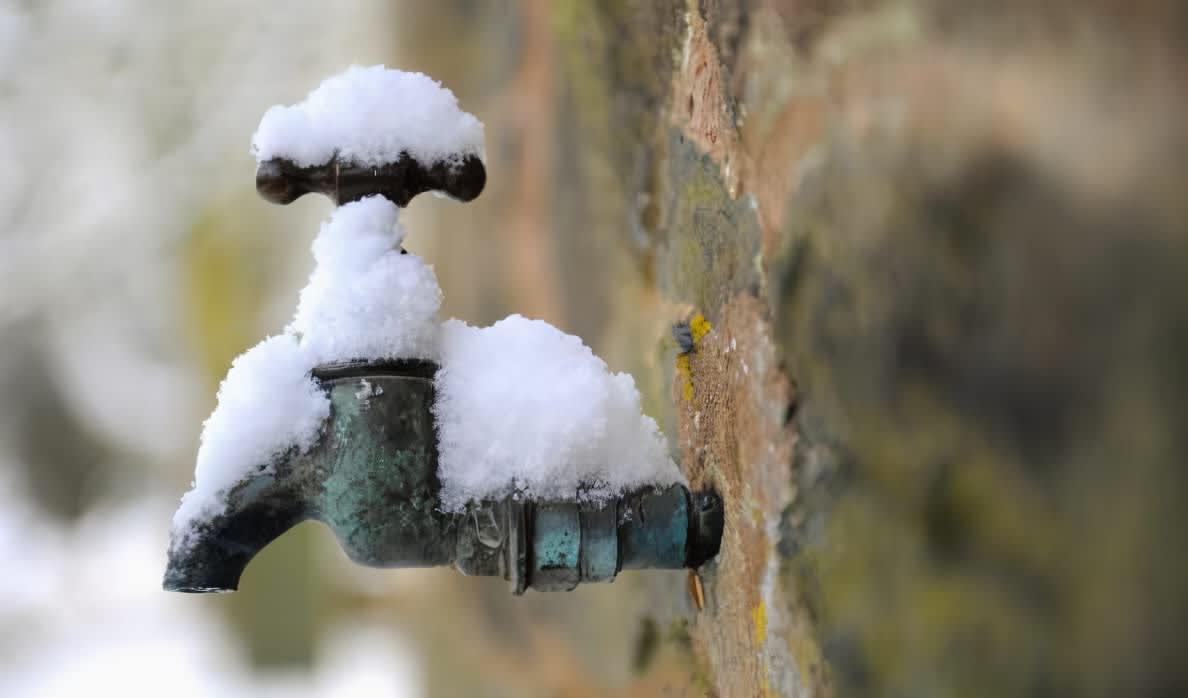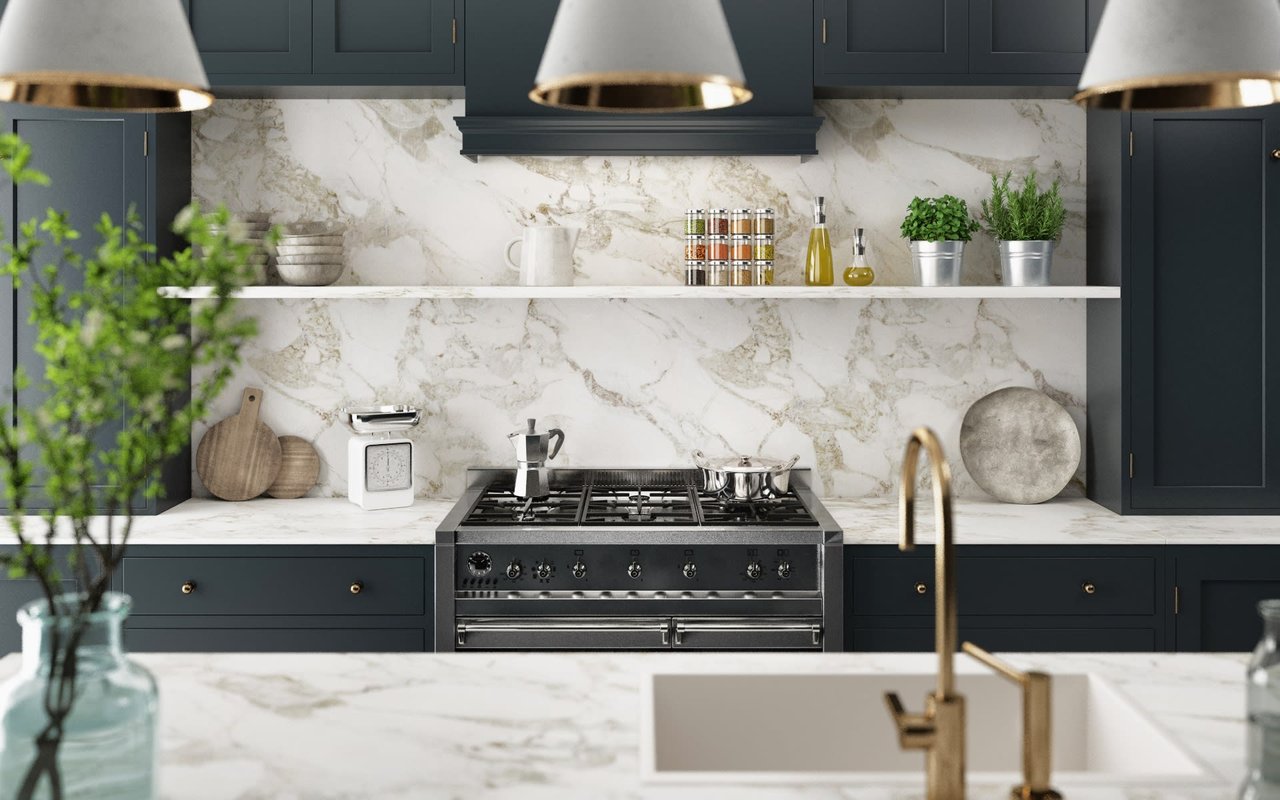This week in the Philadelphia area had some of the coldest weather in decades! Below zero wind chills are not only dangerous for your health, but the temperatures wreak havoc on your house! Frozen pipes are a major concern when the mercury dips below freezing.
Pipes burst when, following a complete ice blockage in a pipe, continued freezing and expansion inside the pipe causes water pressure to increase downstream — between the ice blockage and a closed faucet at the end. It’s this increase in water pressure that leads to pipe failure.
Below are some tactics that can help prevent pipe freezing.
1) Insulate Your Pipes
Make sure they are protected from cold, moving air and keep them as dry as possible.
2) Let The Faucet Drip
Letting your faucet run a very slow, constant drip on both the hot and cold sides can help prevent freezing pipes by not allowing pressure to build up.
3) Insulate or Heat Drain Lines
A heat lamp or a self-built enclosure can stop cold and damp air from freezing your drain lines.
4) Hair Dryers and Electric Heaters
If a pipe has frozen, you can attempt to thaw the problem area with a hand-help hair dryer or electric space heater. (Caution: Always keep away from flammable materials and slowly heat the vicinity around the pipe before applying heat directly to the problem area. Always be careful with electric appliances near water.)
5) Detach Outdoor Hoses
Always disconnect your hose from your outdoor spigot when the temperature dips down. The water inside the hose will freeze and continue up the spigot to your pipes, causing a burst.
Following these simple tips might not completely prevent an incident, depending on the temperature or location of the pipe, but they are precautionary measures that are simple and worth taking! Stay warm!





